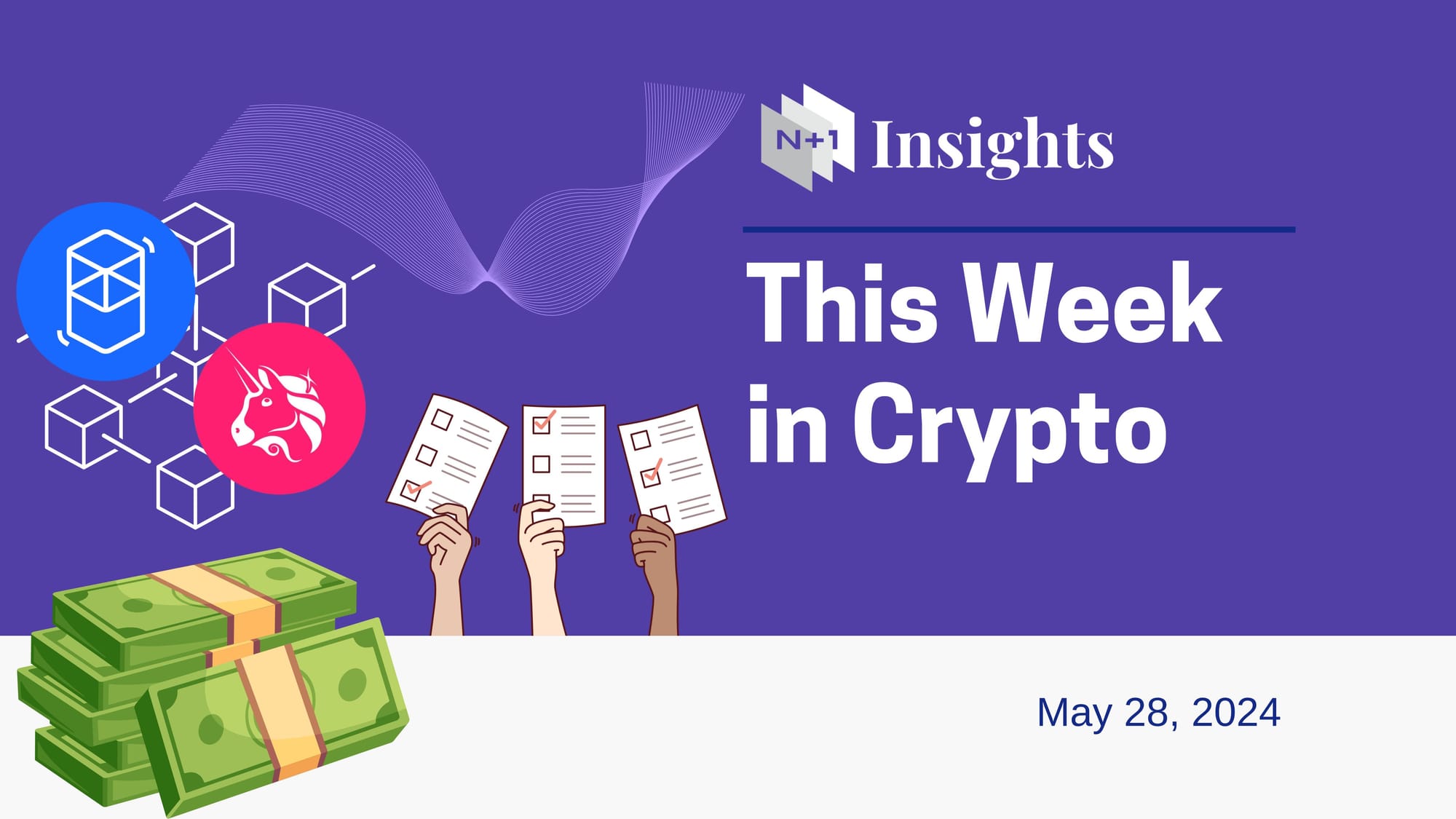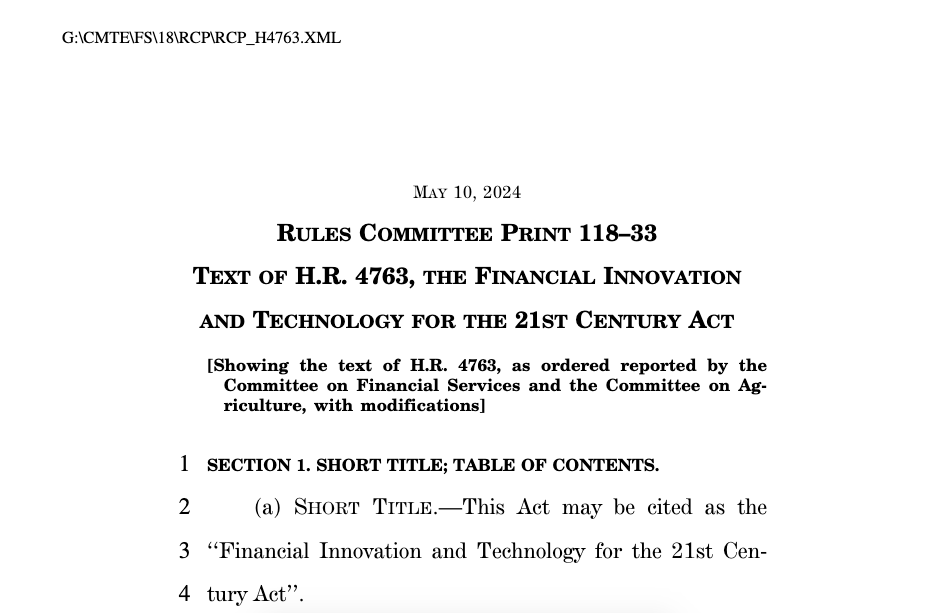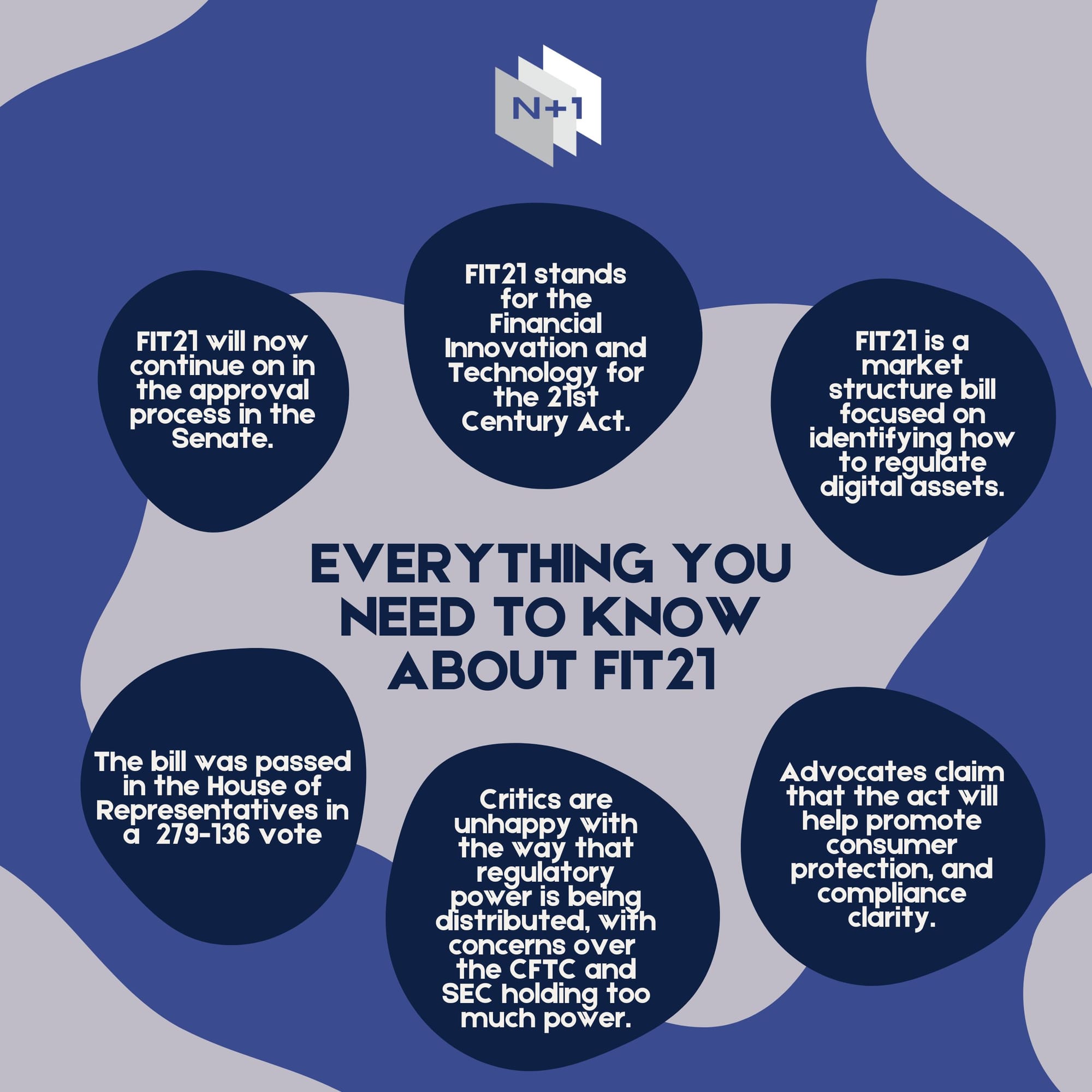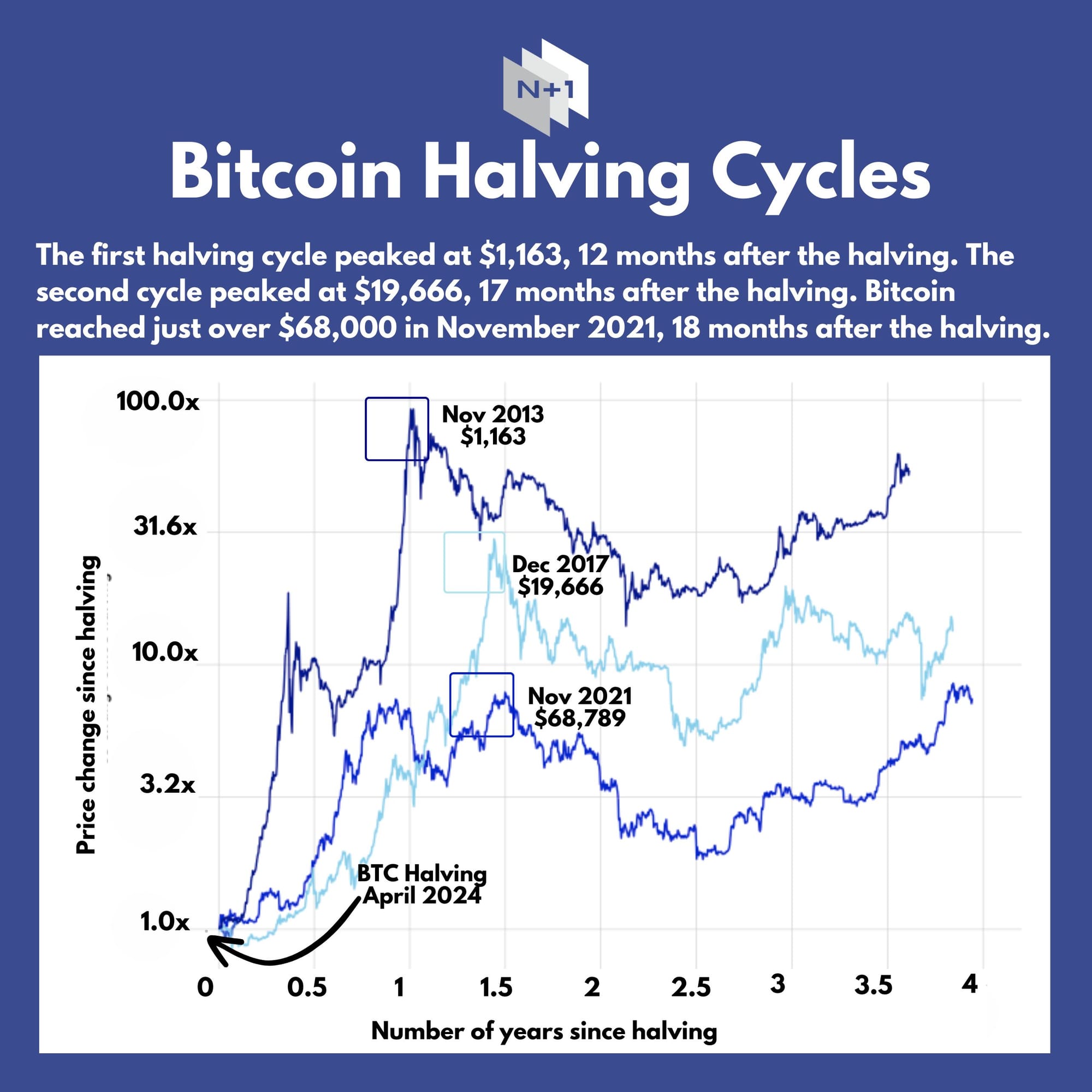🤔 What You Need to Know About FIT21

In this edition, we explore FIT21, Farcaster’s latest raise, CBDC’s vulnerability and more.
💥 Cutting Edge with Shoal Research
In collaboration with Shoal Research, this week’s special feature will dive into Uniswap.
Key Terms
Automated Market Maker (AMM) - A system that provides liquidity to the market automatically using algorithms.
Liquidity Pools - Pools of tokens locked in smart contracts that facilitate trading on decentralized exchanges.
Governance Proposal - A formal suggestion submitted by community members or developers for changes or improvements to the protocol, which is voted on by token holders.
What is it? Uniswap is a decentralized exchange (DEX) built on the Ethereum blockchain. It allows users to swap various ERC-20 tokens directly from their wallets without relying on a centralized authority. Uniswap operates using an automated market maker (AMM) model, where liquidity providers add tokens to liquidity pools and earn fees from trades conducted in those pools.
What does it do? Uniswap facilitates peer-to-peer trading of ERC-20 tokens through smart contracts. It eliminates the need for traditional order books by using liquidity pools to determine the price of tokens. Users can trade tokens, provide liquidity to earn fees, and participate in the governance of the protocol by holding and voting with UNI tokens.
Why is it interesting? Uniswap is interesting because it offers a glimpse into the future of finance, where intermediaries are replaced by smart contracts and decentralized protocols. It has demonstrated the scalability and efficiency of AMMs and has set a precedent for other DEXs. Uniswap's governance model allows token holders to influence the protocol's development, fostering a community-driven approach to innovation.
Who is its competitors? SushiSwap, Curve Finance, Balancer, 1inch.
How to invest? The ticker is $UNI.
Check out Shoal Research’s Substack and Telegram channel.

💡 Coin Spotlight: The N+1 HODL
In this segment, we dive into the N+1 Hodl basket and discuss our altcoins.
Coin: Fantom ($FTM)
Narrative: Fantom frames itself as different from Bitcoin and Ethereum due to its ‘deterministic finality’, which means Fantom transactions only take seconds. They claim to be “Accessible to everyone. Magic for developers”.
Sector: Layer 1
Fundamentals: Fantom is a Proof-of-Stake blockchain that offers a smart contract platform with a strong infrastructure and over 200 app partners.
Why do we hold: Fantom is a unique L1 that is meant to be fast and scalable, making it stand out against other popular blockchains.
Performance: Fantom is up 144% YTD.
⏰ Crypto News Recap
FIT21 Approved in House
On May 22, the US House of Representatives voted in legislation focused on regulatory clarity for digital assets. The Financial Innovation and Technology for the 21st Century (FIT21) Act was voted in with 279 in favour and 136 against. Most notably, the legislature focuses on the Commodity Futures Trading Commision’s (CFTC) role in digital assets. There have been many critics and proponents of this bill - with some people hopeful that it represents a turning point in crypto regulation, and others claiming it will only cause more problems. Next steps for FIT21 approval is to go to the Senate.
Historic vote today on the FIT21 bill in the House of Representatives, that will finally start to create some clear rules to regulate crypto (if it becomes law).
— Brian Armstrong (@brian_armstrong) May 22, 2024
Americans want to know their representatives are protecting their rights to use crypto, creating clear rules to…
it does not even shift agencies; SEC would still have huge power
— _gabrielShapir0 (@lex_node) May 22, 2024
it provides for a dual regulatory regime, split between SEC and CFTC
it does this by giving the CFTC authority it never had--regulatory authority over a spot commodities market pic.twitter.com/Iaoy51cWns
Farcaster Raises 150 Million
On May 21, Farcaster announced that it raised $150 million in a series A funding round. The round was led by Paradigm. Farcaster is a decentralized social network platform that has recently gained a great deal of attention in the crypto discourse. There have been a number of attempts to build decentralized social platforms without a resounding success. Farcaster and others like TON may change that track record.
Are CBDCs Vulnerable?
The World Economic Forum (WEF) recently warned that Central Bank Digital Currencies (CBDCs) risk decryption attacks from quantum computer systems. While quantum computer systems are not yet a reality, they are meant to be able to solve problems that a traditional computer cannot. While this security threat lies in the future, the WEF warned that CBDCs may “break” under a quantum computer.
📚 N+1 Recommendations
The N+1 reading and media recommendations are sourced from our team of experts and offer weekly suggestions for learning more about blockchain, crypto, finance and technology.
This weeks recommendation: FIT21

📊Charts of the Week


🤩 This Week on X (Formerly Twitter)
BREAKING: @phantom FLIPS @PayPal TO BECOME THE NO. 2 FINANCE APP ON @GooglePlay STORE IN THE U.S. pic.twitter.com/nPfzfSJq6O
— DEGEN NEWS 🗞️ (@DegenerateNews) May 23, 2024
i am block chain
— Solana (@solana) May 25, 2024
$BTC Price on Bitcoin Pizza Day 🍕
— CoinGecko (@coingecko) May 22, 2024
Today: $70,098
2023: $26,773
2022: $29,492
2021: $37340
2020: $9060
2019: $7958
2018: $8355
2017: $2109
2016: $439
2015: $241
2014: $523
2013: $123
2012: $5.10
2011: $6.12
🚨 Follow us
N+1 Insights is meant for informational purposes. It is not meant to serve as investment advice.
